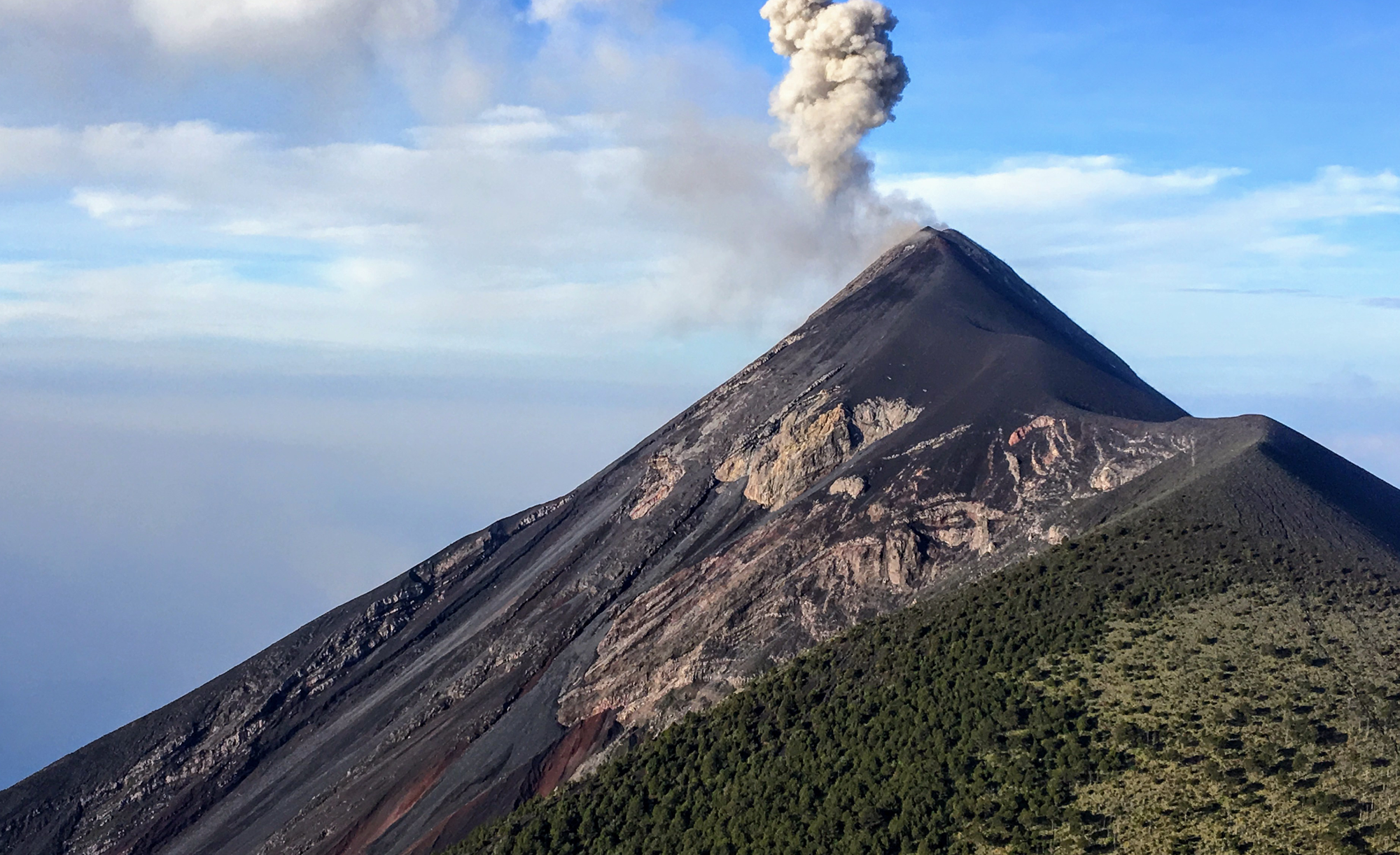
New research led by Dr. Xiaohong Liu, Reta Haynes Chair and professor in Texas A&M’s Department of Atmospheric Sciences, reveals how volcanic ash alters cirrus cloud formation in the upper atmosphere. Published August 2 in Science Advances, the study presents satellite-based evidence that ash from explosive volcanic eruptions triggers ice nucleation in cirrus clouds around 10 km above Earth's surface, fundamentally changing their structure and frequency. Ice crystals become fewer in number but grow larger in size, with more frequent cirrus formation following ash-rich eruptions—a pattern not observed in ash-poor events.
Dr. Liu and colleagues propose a mechanism where volcanic ash initiates heterogeneous ice nucleation, suppressing homogeneous freezing. This shift, confirmed through cloud microphysical modeling, marks a significant step in understanding aerosol–ice cloud interactions and opens new avenues for potential cirrus geoengineering strategies to mitigate global warming.
This work was supported by the Sandia National Laboratories Laboratory Directed Research and Development Program (Contract DE-NA-0003525), the Department of Energy (DOE) Atmospheric System Research Program THREAD project (Grant SCW1800), DOE E3SM project and NASA Grant 80NSSC19K0341. Computational resources were provided by NCAR’s Wyoming Supercomputing Center.
